Understanding Germs - A lesson activity
Thousands of germs enter your body every day, but you immune system can fight most of them. You are more likely to get sick, however, if you have not been eating or sleeping well or are under a lot of stress. Fever during illness is a sign that you immune system is working hard; an elevated body temperature helps you white blood cells and antibodies fight illness. The body must make a different antibody to fight each type of bacteria or virus that enters. Once a germ invades the body, your immune system "remembers" it and is always ready to make more antibodies, in case that germ enters your body again That is why we generally get illnesses such as chicken pox just once.
What happens when you catch a cold virus?
You might have a stuffy nose and a sore throat. Maybe you'll get a headache. A few days later, your nose may start to run. A few days after that, you start to feel better.
Your body has been able to fight the cold, thanks to your immune system.
Your immune system fights most of the germs that enter your body before they make you sick. If you do get sick, your immune system works hard to kill the germs so you'll get better faster.
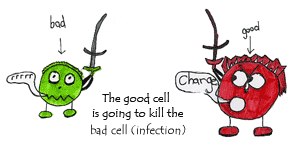
Image source
Just what is your immune system?
Even though your blood looks red because of all its red blood cells, there are many white blood cells in it, too. Some white blood cells make antibodies, your body's germ-fighting chemicals. Together, white blood cells and antibodies are the key parts of your immune system.
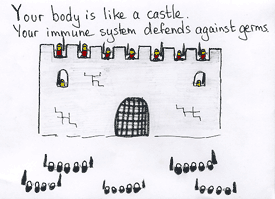
Image source
Invite students to come up with other ideas for good hygiene that help prevent germs from spreading. Discuss what personal items can be shared and what should not be shared. Tell students that germs are all around us and that we can't eliminate them, but we can help keep them out of our bodies by practicing good hygiene.
Example:
Germs pass through the air when people talk, cough, or sneeze. You can pick up germs by touching doorknobs or telephones, shaking hands, or picking up garbage. Germs will get into your body if you put your fingers, pencils, and other objects in your mouth or if you rub your eyes or nose.
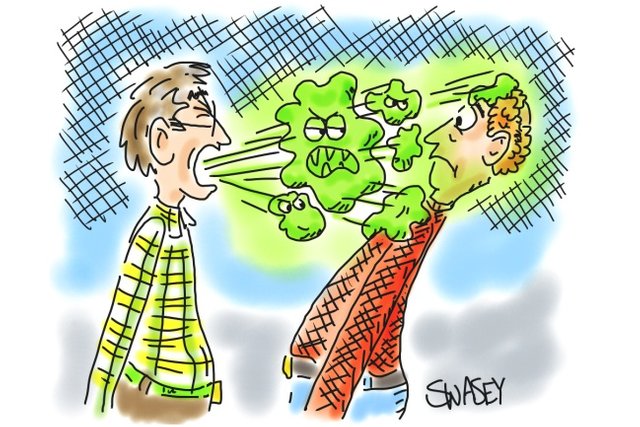
Image source
Science activity:
Use a plastic bottle with a spray nozzle to demonstate how germs get into the air when we talk, sneeze, or cough. Use food colouring to to color the water, this will show them exactly where the "germs" spreads to. Then cover the nozzle with the tissue. Demonstrate how the tissue blocks the spray, and how the germs are then disposed of inside the tissue.
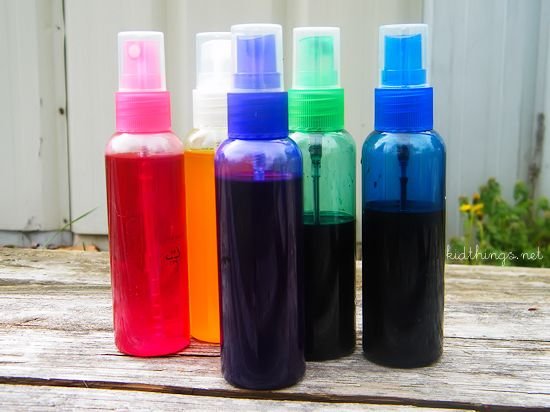
Image source
Bibliography & Extra reading:
http://kidshealth.org/en/parents/germs.html
https://en.wikipedia.org/wiki/Immune_system

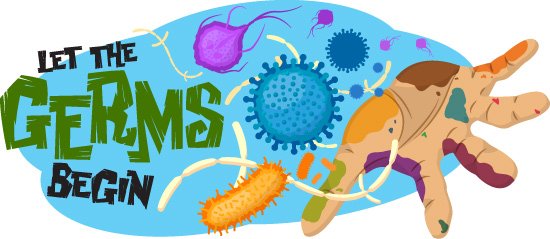
nice post...